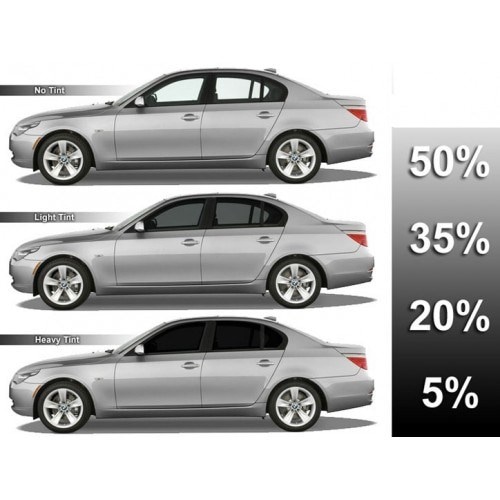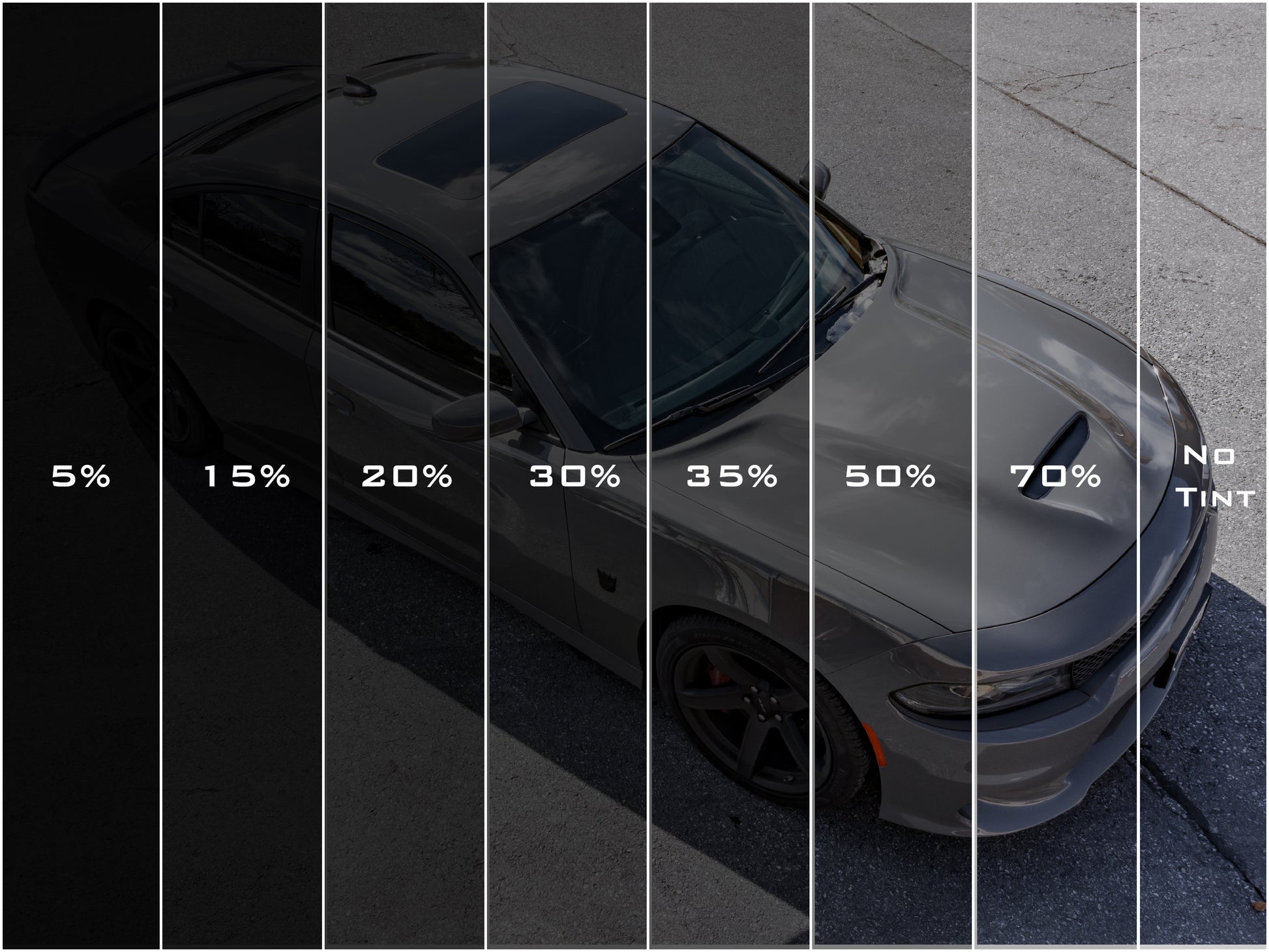The Latest Trends in window tinting for Modern Vehicles
Discovering the Various Types of Window Tint for Cars and Their Benefits

Dyed Window Tint
Colored home window color is a prominent option amongst cars and truck owners seeking to improve privacy and decrease glow while maintaining a fashionable appearance. This sort of tint is developed by integrating color right into the sticky layer, which is after that applied to the windows of the lorry. The key charm of dyed window color hinges on its capacity to supply a cosmetically pleasing appearance without sacrificing performance.
One of the most considerable advantages of colored home window color is its capability to obstruct hazardous UV rays, helping to protect both guests and the automobile's interior from sun damage. In addition, this tint effectively reduces glare, adding to an extra comfortable driving experience, particularly throughout intense daytime problems. The strengthening of window color also includes a layer of privacy, making it extra tough for outsiders to see inside the lorry.
Nevertheless, it is vital to note that while colored home window tint supplies countless advantages, it may not provide as much warm rejection as various other kinds of tints. Moreover, its long life can be affected by exposure to prolonged sunlight, possibly leading to fading gradually. Overall, dyed home window color continues to be a favored alternative for those focusing on looks and standard sunlight defense.
Metalized Home Window Color
Metalized window tint stands for an innovative option for cars and truck proprietors looking to improve both performance and visual appeals. One of the key benefits of metalized home window color is its exceptional heat denial capabilities, which can considerably lower the indoor temperature of a cars and truck.
Furthermore, metalized colors use raised durability contrasted to colored movies, making them immune to fading and damaging. This long life ensures that the color preserves its performance and look with time, giving lasting value.
Furthermore, metalized home window tint can enhance personal privacy and safety and security by making it harder for outsiders to see inside the automobile. The reflective high quality of the color can also hinder potential theft, as valuables are much less visible (window tinting). While it might hinder some digital signals, such as general practitioner or mobile phone reception, the general advantages make metalized home window tint a compelling selection for several car proprietors
Ceramic Home Window Tint
Providing innovative innovation and unparalleled efficiency, ceramic home window color has actually become a top option for discerning automobile owners. This ingenious film is made up of sophisticated ceramic fragments that provide significant heat being rejected while keeping quality and exposure. Unlike typical colors, ceramic home window tint does not depend on metal or color, which can interfere with electronic signals Visit This Link from tools such as GPS and mobile phone.
Among the standout benefits of ceramic home window tint is its outstanding UV defense. It blocks as much as 99% of dangerous ultraviolet rays, therefore protecting both the car's inside and its passengers from sun damages. Furthermore, this sort of tint enhances privacy without jeopardizing presence, making it a practical option for everyday vehicle drivers and high-end vehicles alike.
Ceramic window color likewise boasts longevity; it is immune to fading and scratching, making sure resilient performance. Its non-reflective nature indicates it does not trigger glare, contributing to much safer driving conditions (window tinting). For those looking for a costs tint service that combines aesthetics with capability, ceramic home window tint attracts attention as a premium selection, supplying boosted convenience and security when traveling
Carbon Window Tint
When it pertains to window tinting alternatives, carbon window tint has gotten appeal for its blend of efficiency and affordability. This kind of tint is made up of carbon fragments, which supply a distinctive matte coating that enhances the aesthetic appeal of automobiles. One of the main advantages of carbon window tint is its capability to block a substantial amount of dangerous UV rays, shielding both the car's interior and its occupants from skin damage and fading.
Furthermore, carbon window tint offers outstanding heat denial properties, lowering the need for too much a/c and improving fuel effectiveness. Unlike colored colors, carbon colors do not fade with time, preserving their efficiency and look for years. This toughness makes them a sensible choice for car proprietors seeking long-term worth.
Moreover, carbon window tint is non-metalized, which suggests it does not interfere with electronic signals, making it ideal for browse around this site cars geared up with general practitioner, Bluetooth, and various other cordless innovations. The balance of expense, performance, and aesthetic appeal has actually established carbon home window color as a preferred choice for many car proprietors. Eventually, it serves as a trusted option for those aiming to improve comfort while guaranteeing style.
Factory Color
Factory tint, likewise called OEM tint, describes the tinting that is used to vehicle windows during the manufacturing process. This sort of color is typically integrated into the glass itself, supplying an uniform look and constant levels of shielding throughout all home windows. The primary function of manufacturing facility tint is to minimize glare and improve passenger convenience while providing a degree of UV protection.

While manufacturing facility color supplies standard benefits, it might not provide the exact same degree of warm denial or privacy as higher-grade aftermarket tints. Consequently, car proprietors seeking boosted performance might consider extra tinting options, while still valuing the visual charm and performance manufacturing facility tint gives.
Final Thought

Nonetheless, it is important to keep in mind that while dyed window color provides numerous benefits, it may not provide as much heat denial as other types of tints. For those seeking a premium tint option that combines visual appeals with capability, ceramic window tint stands out as a premium option, delivering enhanced convenience and security on the roadway.
When it comes to home window tinting choices, carbon home window tint has acquired popularity for its mix of efficiency and affordability.Manufacturing facility color, also known as OEM tint, refers to the tinting that is used to automobile windows throughout the manufacturing procedure. The specific degree of color can see this here vary depending on the vehicle maker and version, with some automobiles featuring a lot more substantial tint on back windows than on front windows.